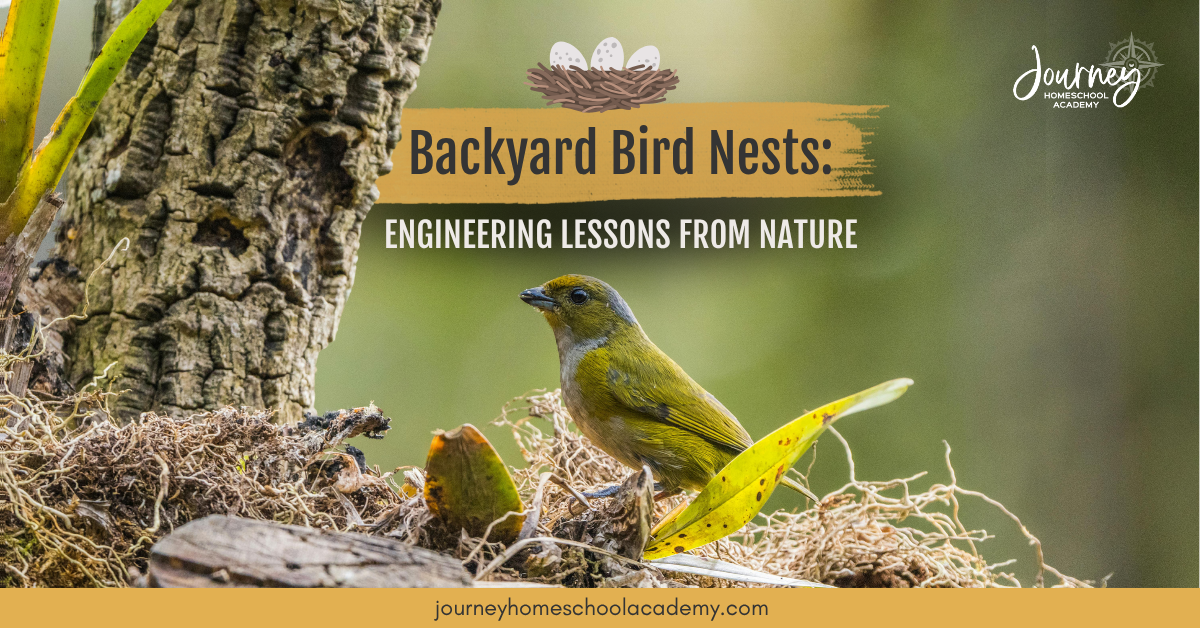Have you ever spotted a bird nest tucked in a tree branch and thought, “How on earth did they build that?”
If so, you’re in good company. Those delicate bundles of twigs, grass, and feathers are masterpieces of natural engineering and they make a perfect homeschool lesson right outside your back door.
Whether your family is full of budding engineers or curious nature-lovers, exploring bird nests can turn a simple backyard observation into a full-blown STEM adventure. Let’s peek into the world of these feathered architects and uncover the science (and fun!) behind homeschool bird nests.
Backyard Bird Nests: Engineering Lessons From Nature
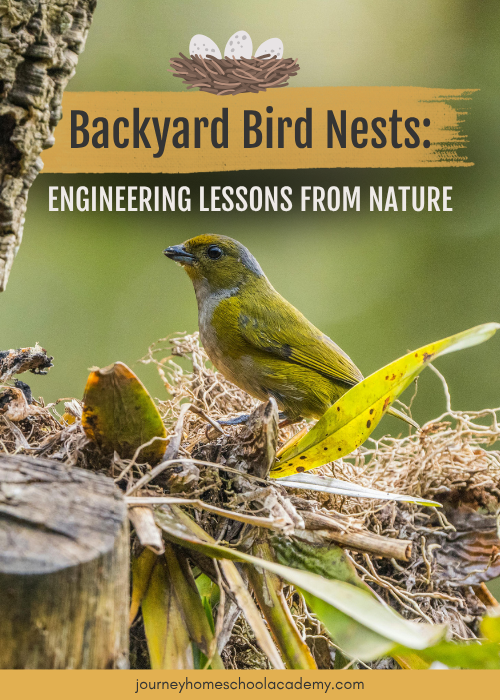
The Secret Architects of Your Backyard
Birds are nature’s engineers. No blueprints, no glue guns, no opposable thumbs, yet they construct strong, weather-resistant homes from found materials.
Take the hummingbird, for example. Its nest is barely the size of a walnut shell, yet it can stretch to accommodate growing chicks and withstand wind gusts that would send a paper cup flying. On the other end of the spectrum, the bald eagle’s nest can weigh more than a small car — up to 2,000 pounds!
These incredible designs are living examples of physics, architecture, and environmental adaptation. And best of all? You can teach them in your own backyard.
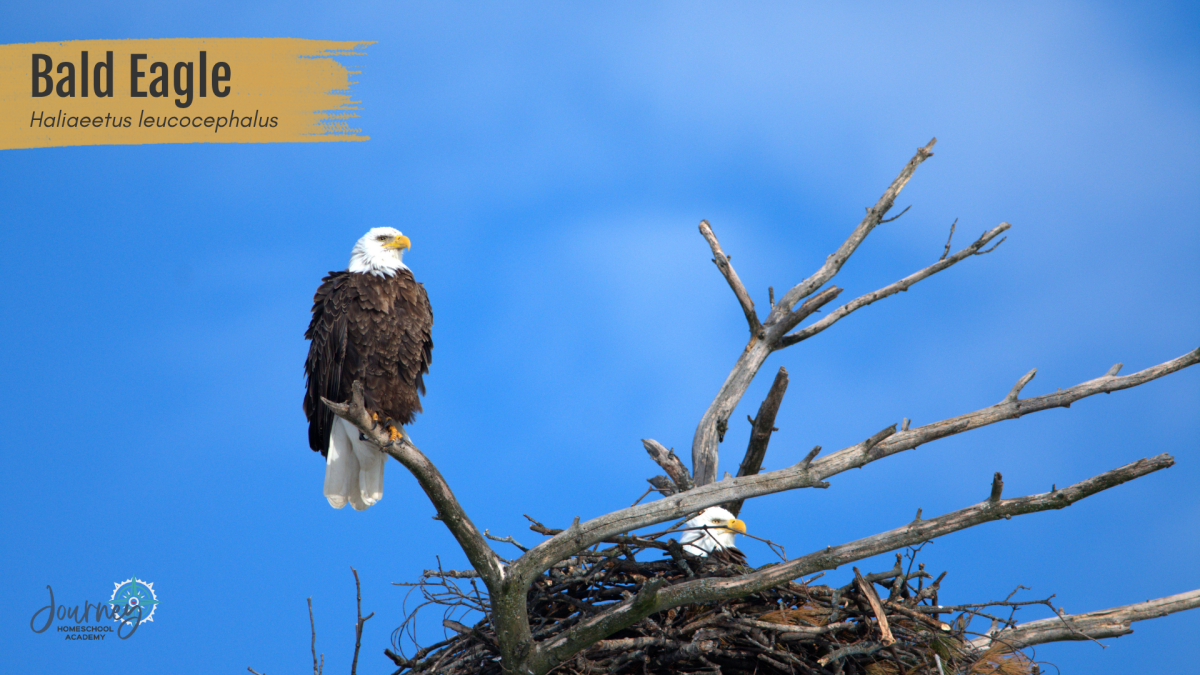
The Science of Bird Nest Engineering
When you think “engineering,” you probably picture bridges or skyscrapers. But every robin, wren, and finch is an engineer too — using materials, design, and testing to solve a problem: how to protect and raise their young.
A. Materials Matter
Birds are master recyclers. They use twigs, leaves, moss, feathers, and even the occasional piece of string or dryer lint. Every material has a function:
- Soft grass for insulation.
- Mud or spider silk for binding.
- Lichen or bark for camouflage.
The Baltimore oriole, for example, creates a hanging nest that looks like a woven pouch — it can stretch without tearing, just like a fabric basket. And the weaverbird? It ties up to 500 knots with its beak and feet to secure its intricate nest. (If that doesn’t make your kids impressed, I don’t know what will.)
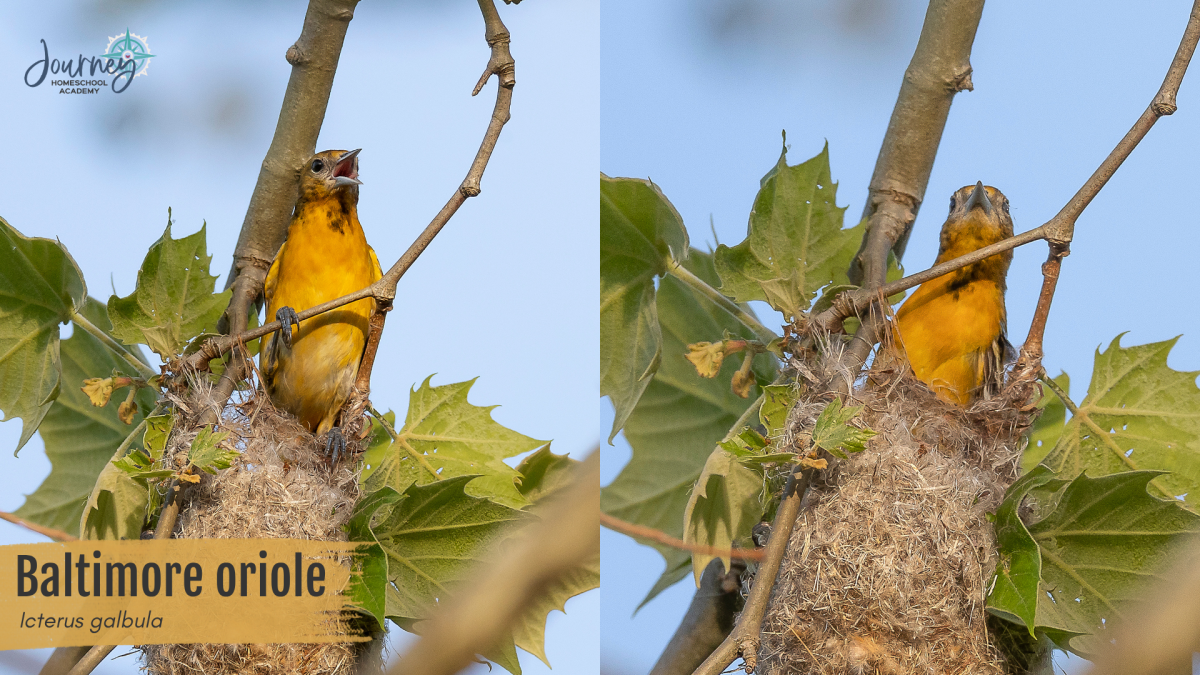
B. Structure and Stability
Different species choose different designs:
- Cup nests (robins) distribute weight evenly.
- Dome nests (wrens) provide insulation and camouflage.
- Platform nests (herons, eagles) offer stability for larger birds.
- Burrow nests (kingfishers, puffins) keep eggs safe underground.
If your kids love building forts or LEGO towers, show them how birds follow similar engineering principles — balancing forces, managing weight, and reinforcing weak spots.
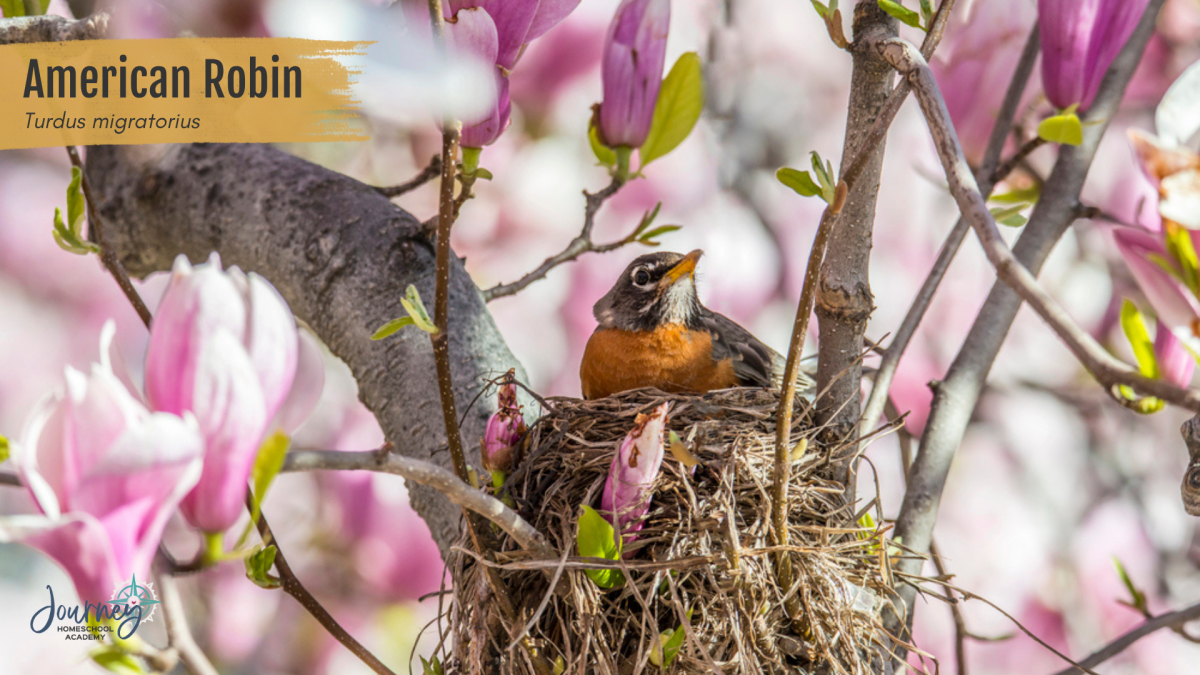
C. Environmental Adaptation
Birds engineer for their environment:
- In hot climates, nests are airy and shaded.
- In colder regions, nests are insulated and sheltered.
- Some even design for predator defense!
The cactus wren, for example, builds inside thorny cacti. It’s the ultimate home-security system: beautiful and burglar-proof.
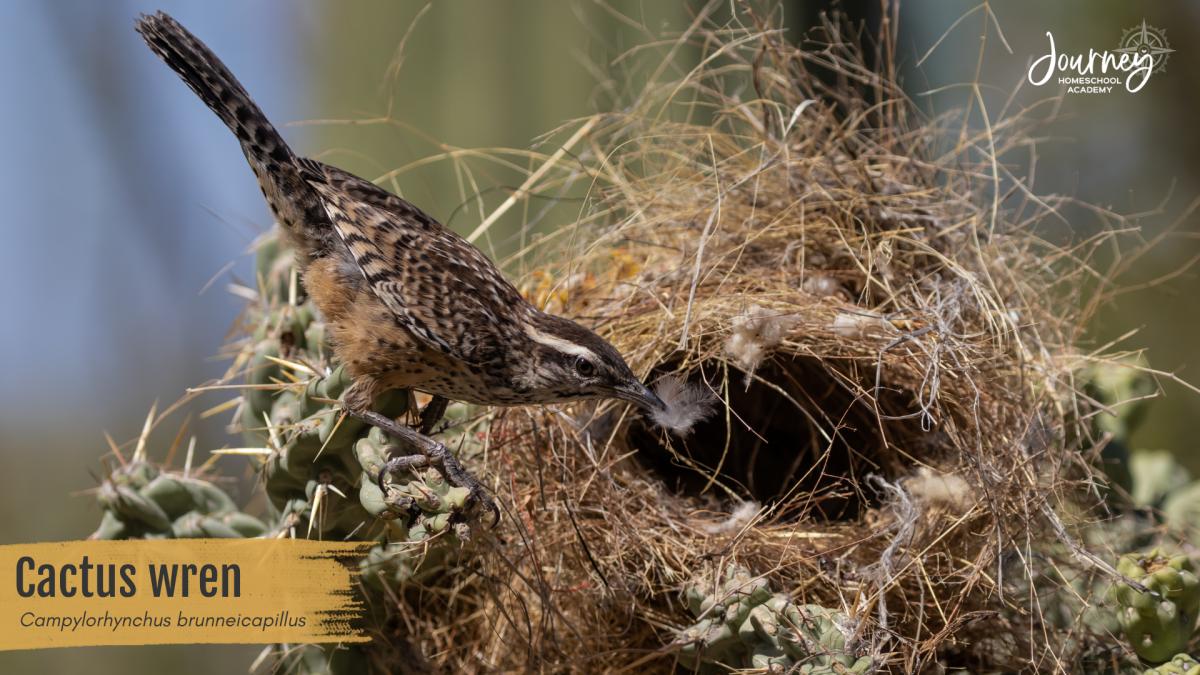
Backyard Investigation: Hands-On Homeschool Bird Nests
The best part of studying bird nests? You don’t need a lab or microscope! Just a sense of curiosity.
Try these simple homeschool bird nest activities to combine STEM, nature study, and family fun:
- Nest Mapping: Go on a walk and look for nests (binoculars help!). Draw or photograph them from a safe distance. Never disturb an active nest!
- Material Hunt: Collect natural materials like twigs, pine needles, or feathers. Which ones are lightweight but strong? Which ones might make a cozy lining?
- Weight Challenge: Build your own mini “bird nests” and see how much weight they can hold using marbles or pennies. Talk about structure, strength, and balance.
- Weather Test: Spray the nests with water — do they stay together? What could you improve?
- STEM Connection: Compare the nests to man-made materials: insulation, webbing, or woven fabrics. What lessons can we learn from God’s engineers?
Keep a Nature Notebook for sketches and observations — just like the ones students will use in Journey Homeschool Academy’s upcoming World of Birds course.
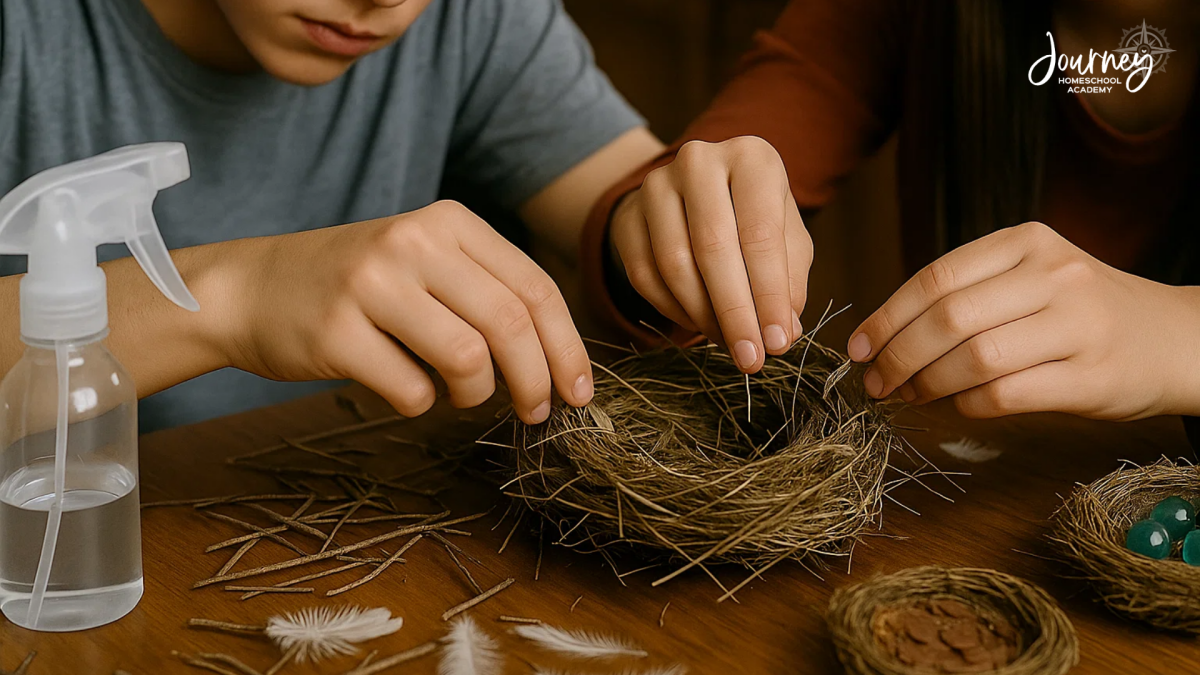
5 Quirky Bird Nest Facts to Amaze Your Kids
Want to sprinkle some wow into your homeschool bird nests lesson? Try these trivia nuggets:
- 🪶 Swiftlets make their nests entirely from spit! (And in some cultures, they’re used to make the delicacy known as bird’s nest soup.)
- 🧵 Tailorbirds literally sew leaves together using spider silk — one of the strongest natural materials known.
- 💩 Burrowing owls decorate their tunnels with dung — not for looks, but to attract beetles for dinner!
- 🎨 Bowerbirds are artists — they collect colorful objects like berries, flowers, and even bottle caps to impress their mates.
- 🥚 Cuckoos are the freeloaders of the bird world, laying their eggs in other birds’ nests and letting someone else raise the chicks.
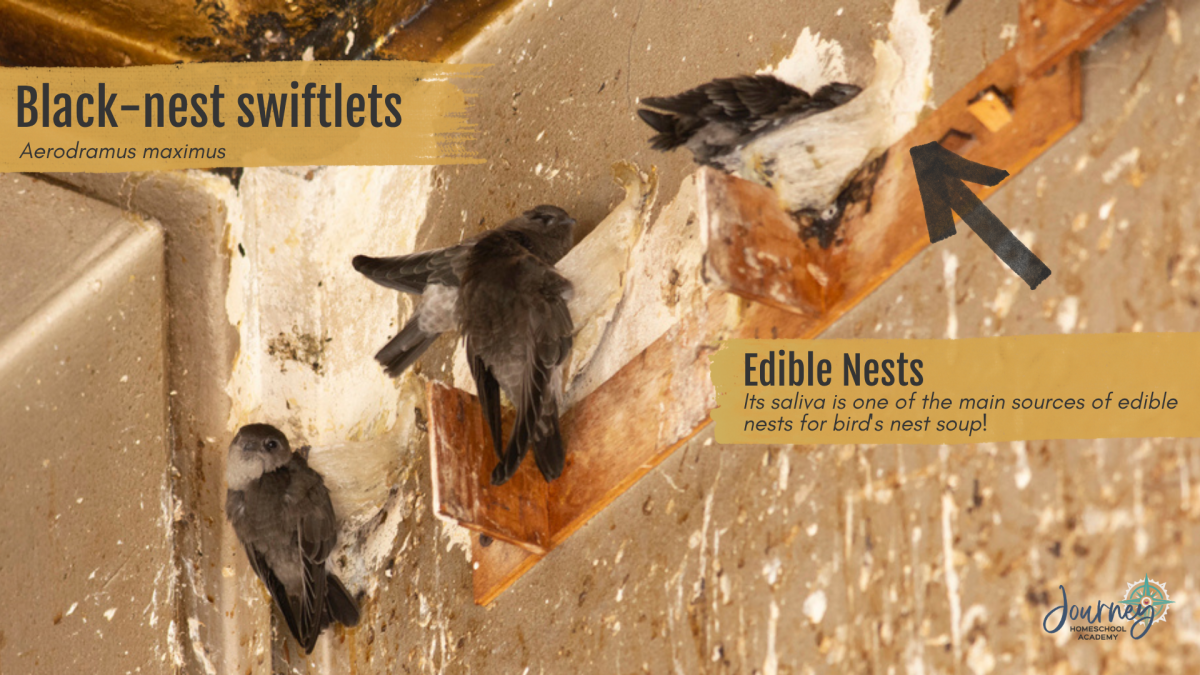
Beyond the Backyard: Take Flight with World of Birds
If your kids are fascinated by what they see in your yard, imagine how much more they’ll discover in a structured, faith-based course.
🌍 Coming January 2026: Journey Homeschool Academy’s World of Birds, a second-semester course designed to bring avian wonders to life.
- Engaging video lessons that make ornithology fun.
- Hands-on activities perfect for outdoor learning.
- Opportunities to observe, record, and reflect on bird behavior.
This course is perfect for families who love combining science, nature journaling, and wonder.
👉 Learn more about World of Birds
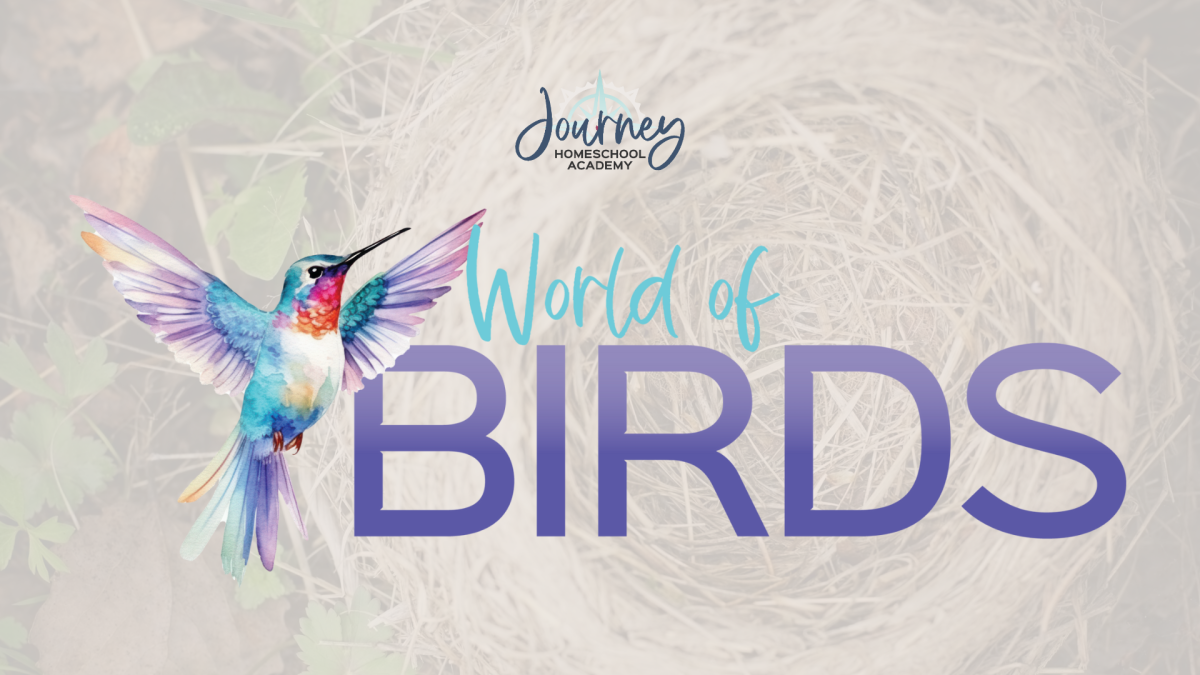
Conclusion: Build Wonder, Not Just Knowledge
The next time your family spots a nest in the yard, take a few extra moments to marvel at its design. Ask questions. Sketch it. Talk about the physics and the faith behind it.
Because when homeschool families slow down to observe creation, we don’t just build knowledge — we build wonder.
Ready to keep your science studies alive with curiosity and joy?
Explore Journey Homeschool Academy’s full lineup of courses, including World of Birds, launching in January 2026.
🌿 Visit Journey Homeschool Academy
